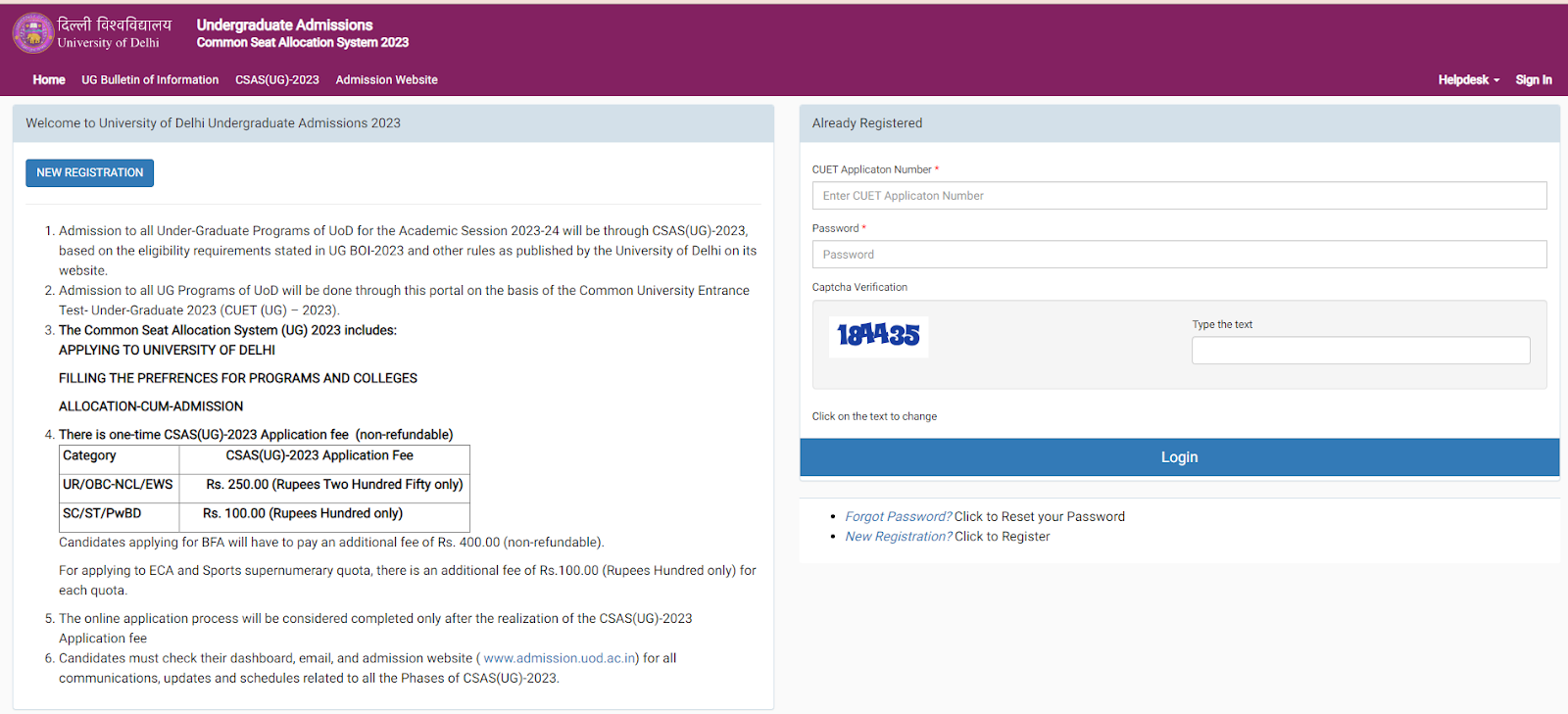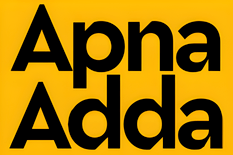How To Make A Preference List For CUET 2024?

As a high school graduate preparing to enter college, you may find yourself faced with the task of creating a preference list for college admissions exams. This list entails ranking your preferred colleges based on various criteria, each unique in its own way.
However, the process of creating a preference list can often be daunting, leaving you unsure of how to proceed and what criteria to prioritize.
But don't worry, as Apna Adda is here to assist you every step of the way. Let's begin by understanding the concept of a preference list and how to navigate this crucial decision-making process.
Table Of Contents:
What Is A Preference List?

A Preference List typically refers to a list of choices or preferences that candidates make regarding the best colleges or courses they wish to pursue based on their exam scores, like the Common University Entrance Test (CUET). Filling out your preference list requires careful consideration.
Here, you have the opportunity to rank your desired colleges, with the chance to upgrade your preferences if you don’t secure admission to your top choices initially.
The admissions process often involves multiple rounds, offering several opportunities to secure a spot at a college. Therefore, there's no need to worry excessively. However, creating a well-thought-out. preference list is crucial; it's even more critical than your exam scores in determining whether you'll gain admission to your desired college.
Remember, even if you achieve good marks, an incorrect preference list could jeopardize your chances of getting into your preferred college. So approach this step with diligence and foresight.


Things To Remember
- The list should be made from first preference to last and also according to general preference by others.
- The list should only have those colleges where you would like to get admission. If you have a below-average score, then it is advisable to have every college on your list. But it's better to first research which college goes for what rank, and following that trend, you can arrange and put those.
- The system will go by preference. If your rank is say 2000, then after allotment of all the others before you, the system will scan your preference. Whichever preference of yours is available for allotment shall be allotted to you. So make sure your list is made very carefully.
- You cannot upgrade from your first preference to your second. What I mean is, let's say you have been allotted a college of your first preference, and now you want the college of your second preference. This can't be done. If you have been allotted the college of second preference, then only you can put in for upgrading to have the first preference.
- Don't make the mistake of filling out the college that you can't go to or afford, because if you get that college on your last upgrade preference list, you can't change that.
- Read the rules and institutions quite carefully. This part is more important than the exam.
How does It work?
After taking the entrance exam, candidates are often required to rank their preferences for colleges or courses they are interested in. This ranking is usually based on their performance in the exam and their personal preferences regarding factors like location, reputation of the institution, academic programs offered, etc.
Seat Allotment Process
Once candidates submit their preference lists, the exam-conducting authority uses an algorithm or a seat allotment process to match candidates with available seats in the colleges or courses they have chosen.

Merit and Availability
The seat allotment process considers both the candidate's rank in the exam and the availability of seats in each college or course. Higher-ranked candidates typically have priority in getting their preferred choices, but availability also plays a crucial role.
Confirmation of Allotment
After the seat allotment process is completed, candidates are informed of the colleges or courses they have been allotted based on their preference list. They may then have to confirm their acceptance and complete any further admission procedures required by the respective colleges.
Step-by-step instructions

- Visit the official admission portal, ugadmission.uod.ac.in
- Login by entering CUET UG 2023 application number and password
- In the subsequent section of “Preference Selection", select and order preferences.
- The “Available Preferences" tab will display all the possible programme + college combinations. Use the "Advanced Filter" option available at the top to filter the colleges and programmes.
- Choose and order the preferences as per your choice. The order of selection will also determine the preference order. The candidate can use "Top, Bottom / Preference Number" icons to reorder their preferences.
- The final order of preferences will then be reflected in the "Selected Preferences" tab.
- Review the preference order and click on "Save Changes" to submit the preferences.
Factors To Consider
Research Courses and Colleges
Begin by researching the courses offered by Delhi University and their respective colleges. Consider your interests, career goals, and the eligibility criteria for each course. Explore the official DU website, college prospectuses, and other reliable sources to gather information.
Prioritize Courses
Make a list of the courses that interest you the most, considering your aptitude, academic background, and future aspirations. Think about the subjects you enjoy and excel in, as well as the career opportunities associated with each course.
Gather College Information
Research the colleges affiliated with DU and their respective reputations, faculty, facilities, and locations. Consider factors such as college rankings, placements, infrastructure, extracurricular activities, and overall campus environment.

Evaluate Admission Cut-Offs
Check the previous year's cut-off lists of colleges and courses to understand the level of competition and the minimum marks required for admission. This will help you gauge your chances of securing admission in specific courses and colleges.
Consider Personal Factors
Reflect on personal factors such as location preferences, commute feasibility, campus size, hostel facilities, and any specific requirements you may have, such as accommodation for students with disabilities or availability of specific resources.
Conclusion
In navigating the journey of college admissions, the preference list emerges as a beacon of guidance, steering candidates towards their academic and professional aspirations.
By aligning your choices with personal preferences and academic pursuits, aspirants can navigate the intricate web of seat allotment with greater efficacy. Thus, through prudent deliberation and strategic planning, candidates can optimize their chances of securing admission to esteemed institutions and embarking on a transformative academic odyssey.
Want to know the secret of acing CUET 2024? Click here.
For more updates on the upcoming information about Colleges, stay tuned to https://apnaaddafest.in/

